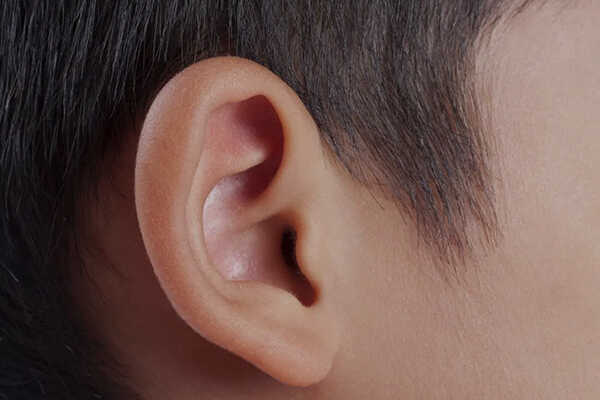


A few people would say that ear syringing can be dangerous and potentially damage the ear canal if it is not undertaken correctly.
However, the main reason it was taken away from GP surgeries is due to the fact it was no longer classified as an essential service. Instead, it was reclassified as a specialist service. The only way that GPs can offer this service is if the build-up of earwax causes hearing loss. If that is the case, the GP can offer ear syringing through “audiology services”.
As ear syringing is no longer one of the core services of the NHS, it has been moved to the category of a specialist treatment. Therefore, you will have to make alternative arrangements to have this ear treatment sorted out.
https://www.bbc.co.uk/news/uk-politics-54296737
The ear naturally secretes wax to protect and lubricate the ear as well as to keep debris out and hinder bacterial growth. Under normal conditions, the body keeps the amount of earwax in the ears under control. Too much earwax or hardened earwax can cause a blockage in the ear, resulting in earaches, ringing in the ears, or temporary hearing loss.


Our free follow up appointment is offered if needed. However, further appointments will be charged at £40 per appointment.
Microsuction is also the recommended procedure for the people who have had the following:
- experienced any serious complications from a previous irrigation with water.
- had a middle ear infection (otitis media) in the last two months.
- had any form of ear surgery, apart from grommets which have not been in the ear for more than two years and the patient is no longer attending ENT (ears, nose and throat) appointments. (This does not include people who have cosmetic surgery to reduce the size of their ears.)
- a hole in their ear drum (a perforation) or there is a history of a mucous (thick) discharge from their ear in the last two years.
- a cleft palate (repaired or not).
- a painful ear infection (acute otitis externa).




- vertigo, which is the sensation of the room spinning in circles around you (typically temporary).
- deafness, which can be temporary or permanent.
- vertigo, which is the sensation of the room spinning in circles around you (typically temporary).
- deafness, which can be temporary or permanent.
One free follow up appointment is offered if needed. However, further appointments will be charged at £40 per appointment.
































